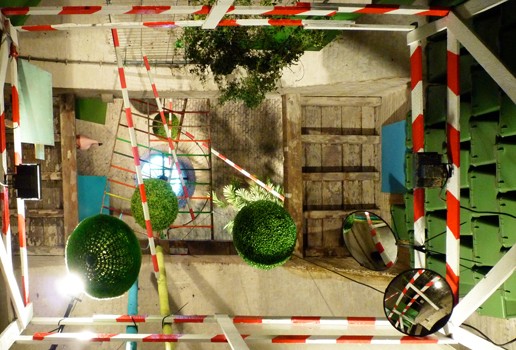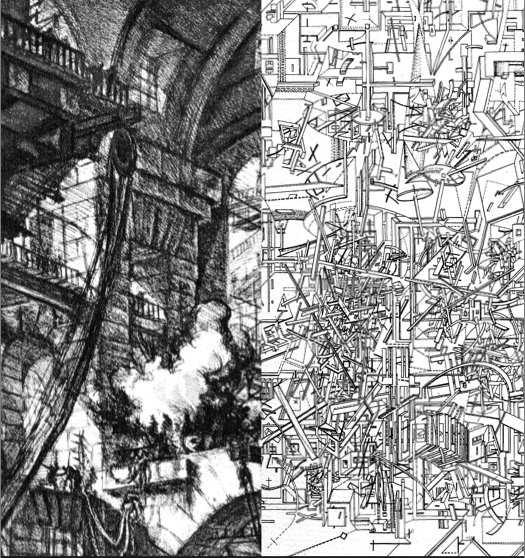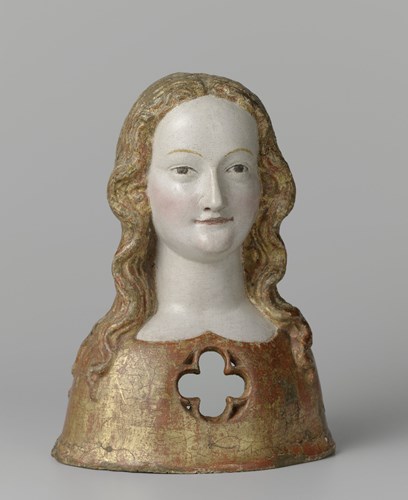The Dysideological Principle
Tinka Pittoors

About Tinka Pittoors
Born 1977 in Brasschaat, Belgium Lives and works in Antwerp, Belgium
Tinka Pittoors originally studied painting at the Royal Academy of Fine Arts, Ghent, before expanding her practice to explore the possibilities of sculpture integrated with drawing, photography, video and installation. Combining a multitude of materials and found objects, Pittoors is known for creating fantastical landscapes and surrealistic miniature worlds that examine ideas of power and utopia. Pittoors finds inspiration in words and is interested in the principle of neologism, where a known word is expanded on and given an additional, alternative meaning. She uses a similar process in the creation of her artworks, taking ordinary, everyday objects and adding new meanings to them. An example of neologism is the word ‘urbicide’, which has roots in the Latin word urbs, meaning ‘city’, and occido, meaning ‘to massacre’. It literally translates as ‘violence against the city’. Originally used in reference to urban restructuring and aggressive redevelopment of an area, the meaning of urbicide has evolved to describe the violence that destroys a city or community, as seen during the wars in Sarajevo, Kosovo and former Yugoslavia.
Plastic Territory – Urbicide (2010) is the title of a work Pittoors created in response to her discovery of the term urbicide while participating in a residency at FLACC, Genk. Using a variety of materials and objects including bricks, windmills, marbles, mirrors and textiles, Pittoors created an ephemeral, scaled-down model world which she then filmed by mounting a camera on a toy train that wound its way through the constructed landscape. Watching the video, the viewer is taken on a journey through a seemingly abandoned micro-universe filled with toys, organic elements, industrial structures and concrete ruins, moving from the brightly-coloured nostalgia of childhood to a melancholic contemplation of the artificiality of cities and the increasingly synthetic state of the world we live in.
Tinka Pittoors is in Australia to exhibit at the Biennale of Sydney.
Date: 5-6pm, Tuesday 25th March 2014
Venue: Lecture Theatre, Level 3, RMIT Design Hub
Free but limited seating available, event will book out so please reserve your seat by emailing: bronwyn.hughes@rmit.edu.au





